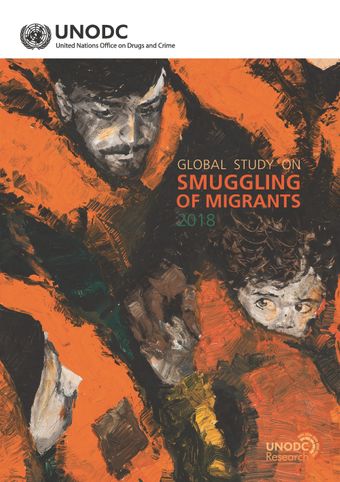Global overview

- 作者: United Nations Office on Drugs and Crime
- Main Title: Global Study on Smuggling of Migrants 2018 , pp 14-66
- 出版日期: 十二月 2018
- DOI: https://doi.org/10.18356/3b355037-en
- Language: 英语
The world has never been as connected as today. Most of humanity is only a video call away. While the vast majority of the world’s population live in their countries of origin, in 2017, there were nearly 258 million recorded international migrants, up from 220 million in 2010 and 173 million in 2000. There are many reasons why millions of people are on the move. Some cross international borders by choice; to reunite with family members, to benefit from a better education or a job that they cannot find in their own country. Others have no choice and leave their country of origin because of conflict, environmental disasters or lack of opportunities to make a decent living. The international migration of people is highly regulated and each country or groups of countries have adopted different approaches to determine how and under what circumstances foreigners can enter, live, study, or work within their borders. Demand for emigration or immigration does not always correlate with the systems that regulate people’s transnational movements and many seek alternative arrangements to move abroad. Some look for ways to overcome migration barriers, others try to shorten the processing time, lower the costs or eliminate the need to obtain official documentation that may be associated with regular migration.
-
From This Site
/content/books/9789210451819c002dcterms_title,dcterms_subject,pub_keyword-contentType:Journal -contentType:Contributor -contentType:Concept -contentType:Institution105

